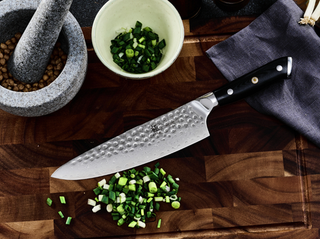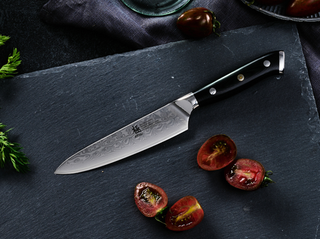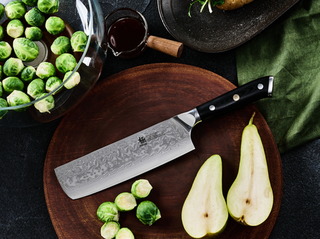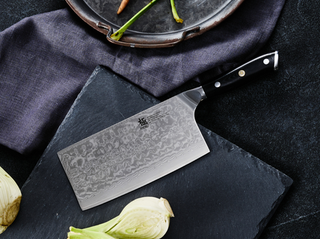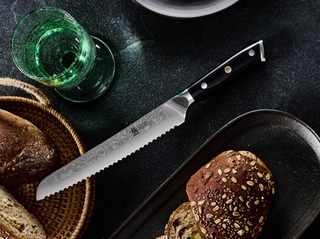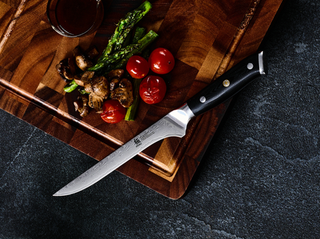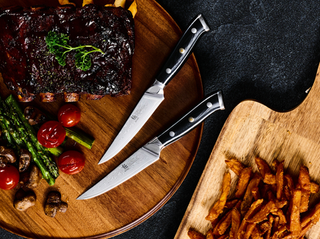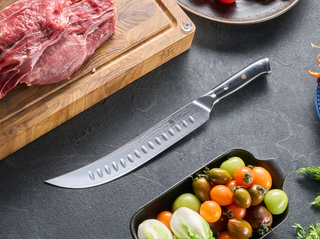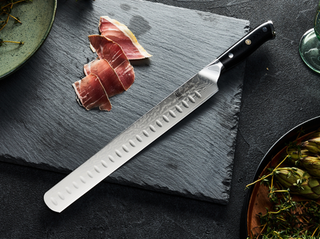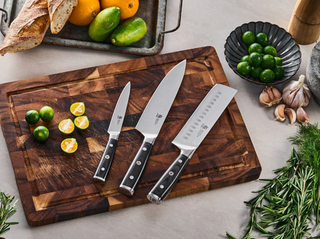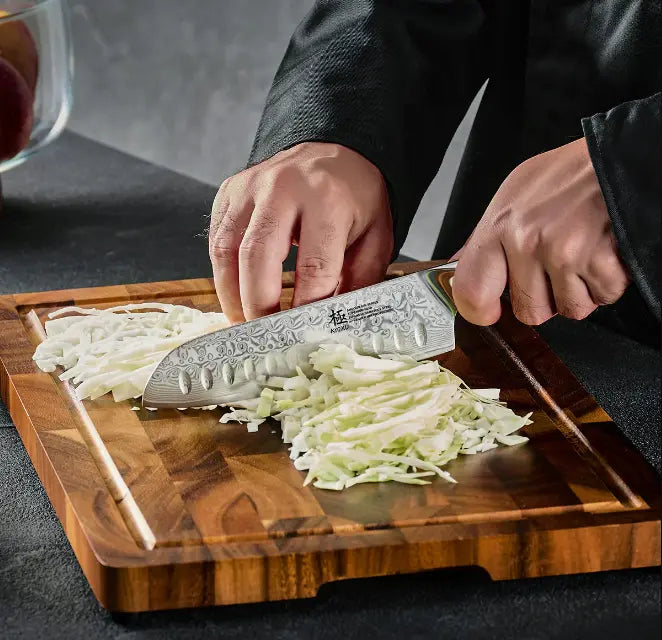Do you ever notice yourself getting hooked on cooking reality shows like Masterchef and completely drooling over the master knife skills of the home chefs? It is our favorite thing to watch, besides seeing the basic ingredients turning into beautiful culinary art.
Besides your chef-proofed recipe and fresh produce ingredients, expert knife cuts are one factor that can truly make or break your cooking experience. These knife skills go beyond just speed and flair. If you are a home chef dreaming of being in a professional kitchen, it is important for you to understand the basic difference between dicing and mincing, why and when you should choose one over the other, and which knife can do the job.
Today, we will examine the top 6 knife cuts every home chef must master.

Why Classical Knife Cuts Stand Out
Classical knife cuts—the cornerstone of the culinary world—are known for their uniformity and aesthetic appeal. Different from amateur haphazard cutting, they offer precision, a sign of professionalism.
Achieving classical cuts requires paying great attention to detail and, more importantly, skills and practice.
What makes these classical knife cuts so different from the other usual cuts is not just a pleasing appeal but also a tendency for efficient cooking. Yes, you read it right! The right kind of cutting can truly make your cooking process efficient and far more enjoyable. It can add that extra factor by amplifying the texture, taste, and, let’s not forget, the appeal of your dish, making it a five-star restaurant dish.
How can you turn your dishes into a culinary art, all by learning the cuts? Keep reading below.
Top 6 Knife Cuts to Master for Every Aspiring Home Chef
1- Julienne
The julienne cut, also known as the matchstick cut, is recognized for its thin, consistent strips that resemble matchsticks.
This cut is typically 2 ½ inches long, 1/8 inch wide, and 1/8 inch high. But for a finer cut, the strips can be cut to the same length but only 1/16 of an inch in width and height.
These matchstick cuts are usually preferred for vegetables that need to be cooked quickly, especially for stir-fries, salads, and sometimes even garnishes.
How can you achieve it? To achieve precision, make sure to use a sharp utility knife or a chef’s knife and slide it across the vegetable in a uniform motion. Curl your fingers while holding the vegetables to save yourself from knicking.
2- Brunoise
The brunoise cut is the smallest dice cut. You can achieve it by slicing across the fine julienne cut. After slicing vegetables into julienne strips, bundle them together and cut them into tiny cubes, typically 1/8 inch on each side.
Such cuts usually go best with dishes that require a delicate aromatic touch, such as stews, soups, and stocks.
Derived from the French word for "tiny cubes," this cut is about precision and enhancing the overall distribution of flavors in the dish.

3- Batonnet
The batonnet cut is a larger version of the julienne cut. If you want thicker rectangular sticks, this is your go-to option.
The dimensions of a bonnet are typically ¼ inches by ¼ inches by 2 ½ inches. A bonnet is usually used to make French fries or vegetable sticks.
4- Dice
If you’re a home chef, it’s hard to miss out on what dicing is.
One of the most commonly used knife cuts, dicing is cutting vegetables or meats, in some cases, into small, medium, or large cubes.
A small dice is usually of ¼ inch, medium dice of ½ inch, and large dice ranging from ¾ inch to 1 inch.
To achieve a perfect dice, you have to start with a batonnet cut and then slice crosswise into cubes of the desired size.
These versatile dice cuts can be used for various dishes, including salsas, sauces, soups, casseroles, and even pan-Asian gravy.
5- Mince
Mincing is the finest cut, reducing ingredients into very small pieces.
This cut is essential for aromatic ingredients like garlic, ginger, and certain root vegetables. Mincing your vegetables or meats allows them to blend seamlessly into dishes, releasing their flavors quickly and evenly.
The best part is that you do not need expert knife skills to execute this knife cut.
Simply use a rocking motion with the knife, keeping the tip on the cutting board and moving the heel up and down. This technique ensures that the ingredients are finely chopped without being crushed.

6- Chiffonade
You might not have heard of chiffonade as popularly, or perhaps you might have without knowing what it is actually called.
The chiffonade cut is used for leafy greens and herbs, producing elegant ribbons that enhance a dish's visual appeal.
It is one of the most intricate knife cuts used globally.
The best way to chiffonade is to roll the leaves tightly and slice them into thin strips. This cut is ideal for garnishing and adding a touch of finesse to salads and other dishes.
The secret sauce to master the classical knife skills
The secret to executing these classical knife cuts effortlessly lies in the right tool. A sharp, well-balanced knife can truly make a challenging cut like a fine juneline into a breeze.
If you're seeking the pinnacle of culinary tools, look no further than Kyoku Knives. What’s best is that they offer a diverse range of knives made for every culinary need of yours. So whether you need a 7" Santoku Knives 440C Steel for a fine Brunoise cut or a chef’s knife to dice it finely, we have it all for you.
Conclusion!
Mastering classical knife cuts is a game-changer for home chefs. By understanding the nuances of each cut and investing in quality knives like those offered by Kyoku, you can elevate your cooking to new heights. With practice and dedication, you'll be well on your way to creating restaurant-quality dishes right in your kitchen.
